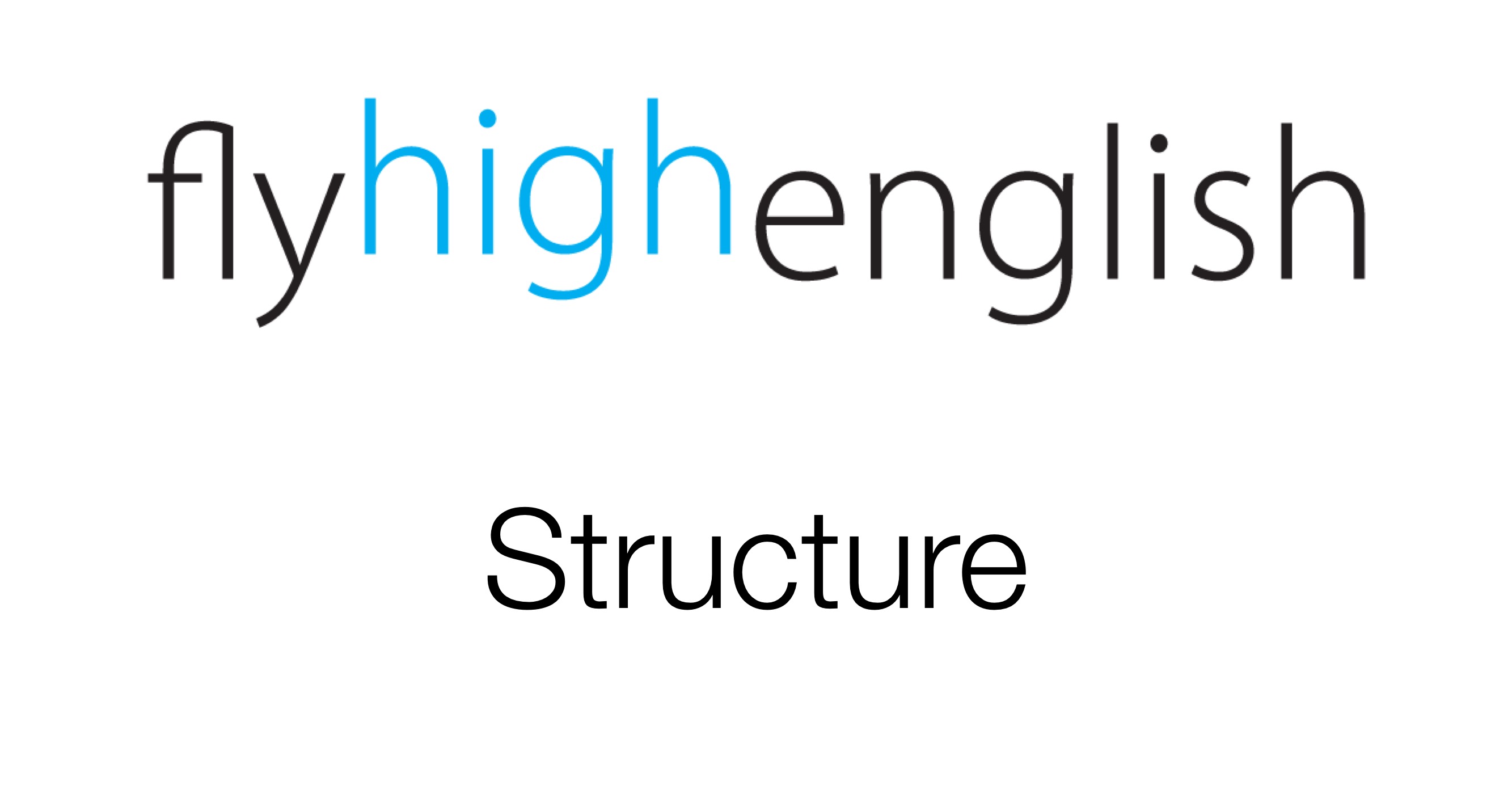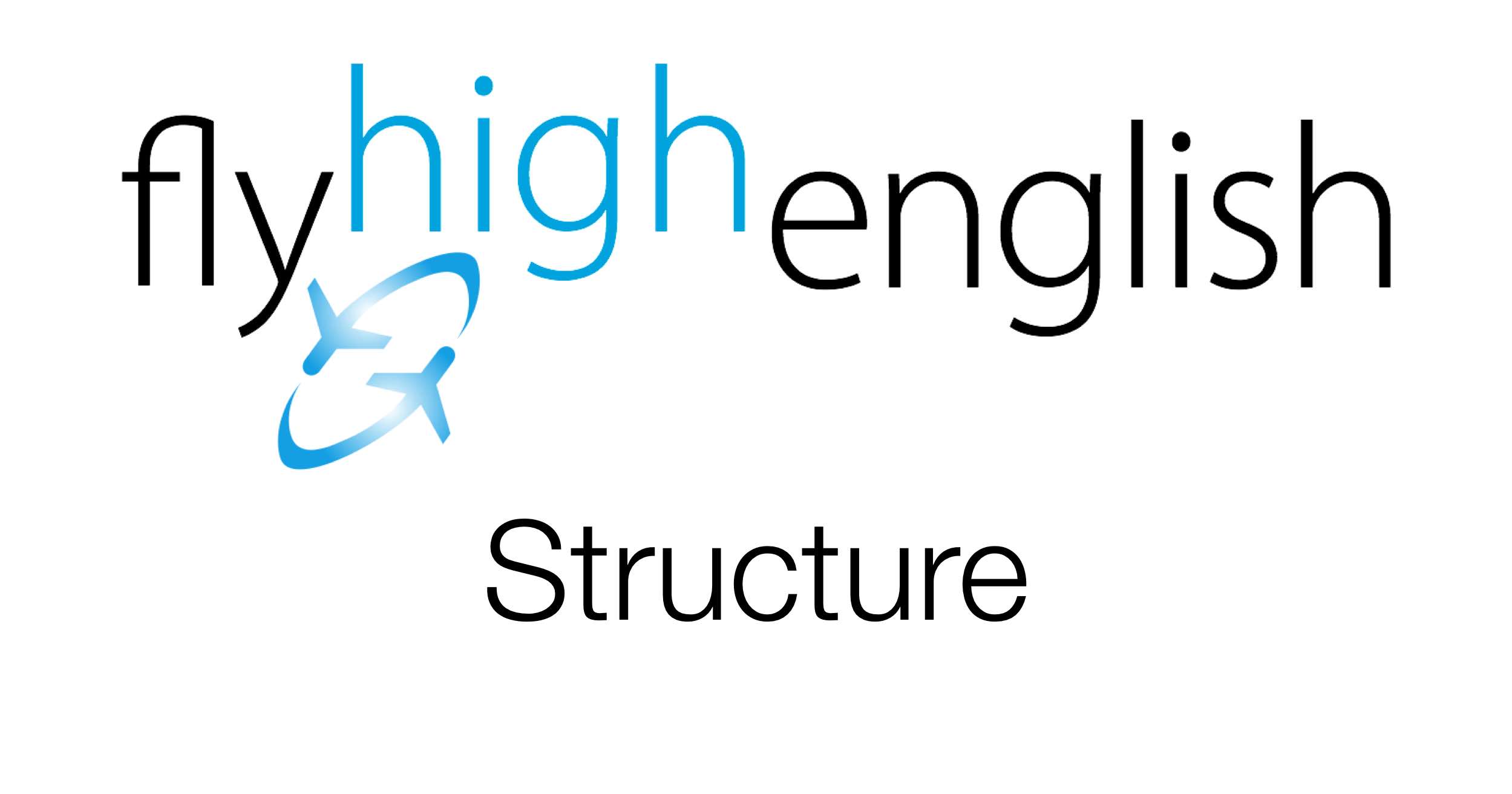
This time in our structure help we talk about definiteness in relation to nouns and give some examples of ‘definite’ nouns. Often the idea of definiteness relates to the relationship between the speaker and listener. If the speaker and listener share a lot of common knowledge, definite nouns are more likely.
e.g. I sold the car.
In this case ‘the car’ would be indefinite to a person who doesn’t know the speaker, but if the listener knows the speaker, he/she probably knows this car and so ‘the’ is necessary.
Have a look at the diagram below, then find an article, page from a book and check for ‘definite’ nouns and ‘indefinite’ nouns.

Follow us on twitter here, Facebook here or Google+ here for more great content!
Have a great day!






